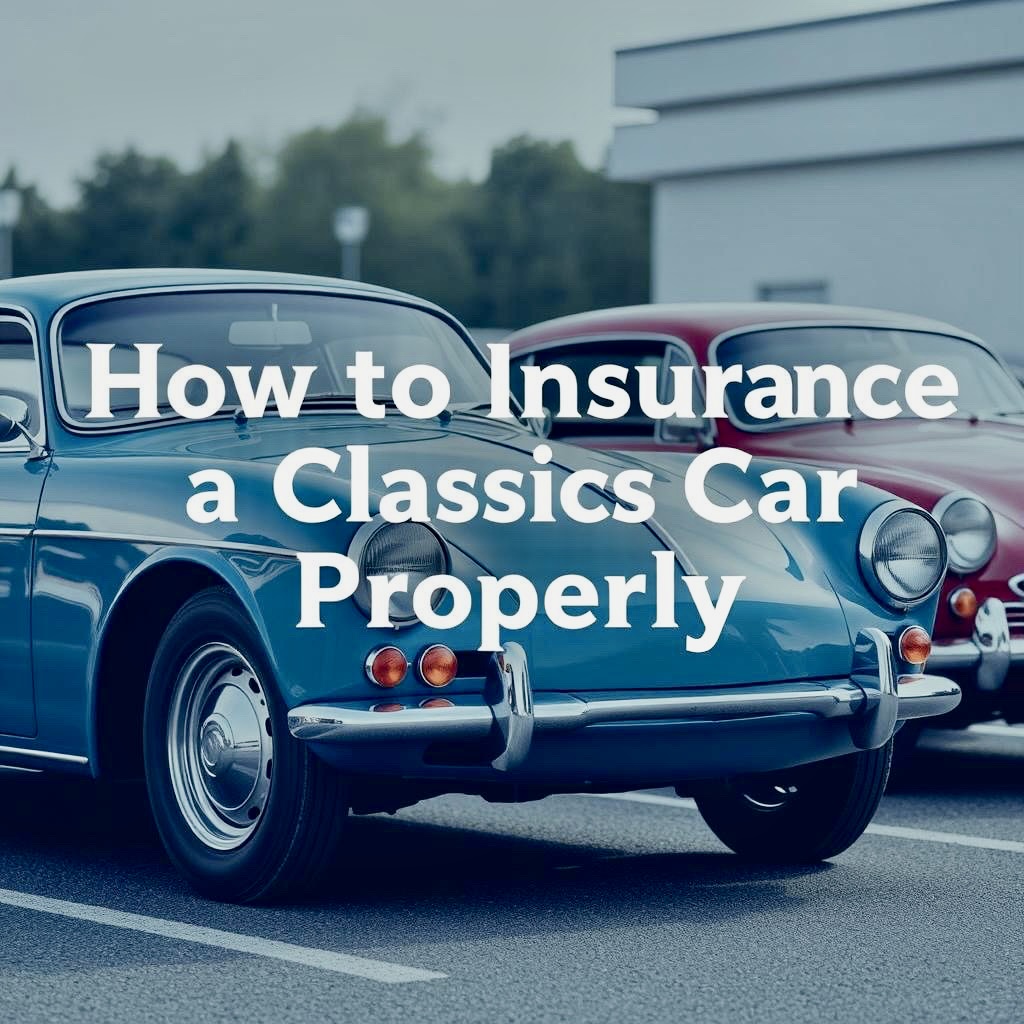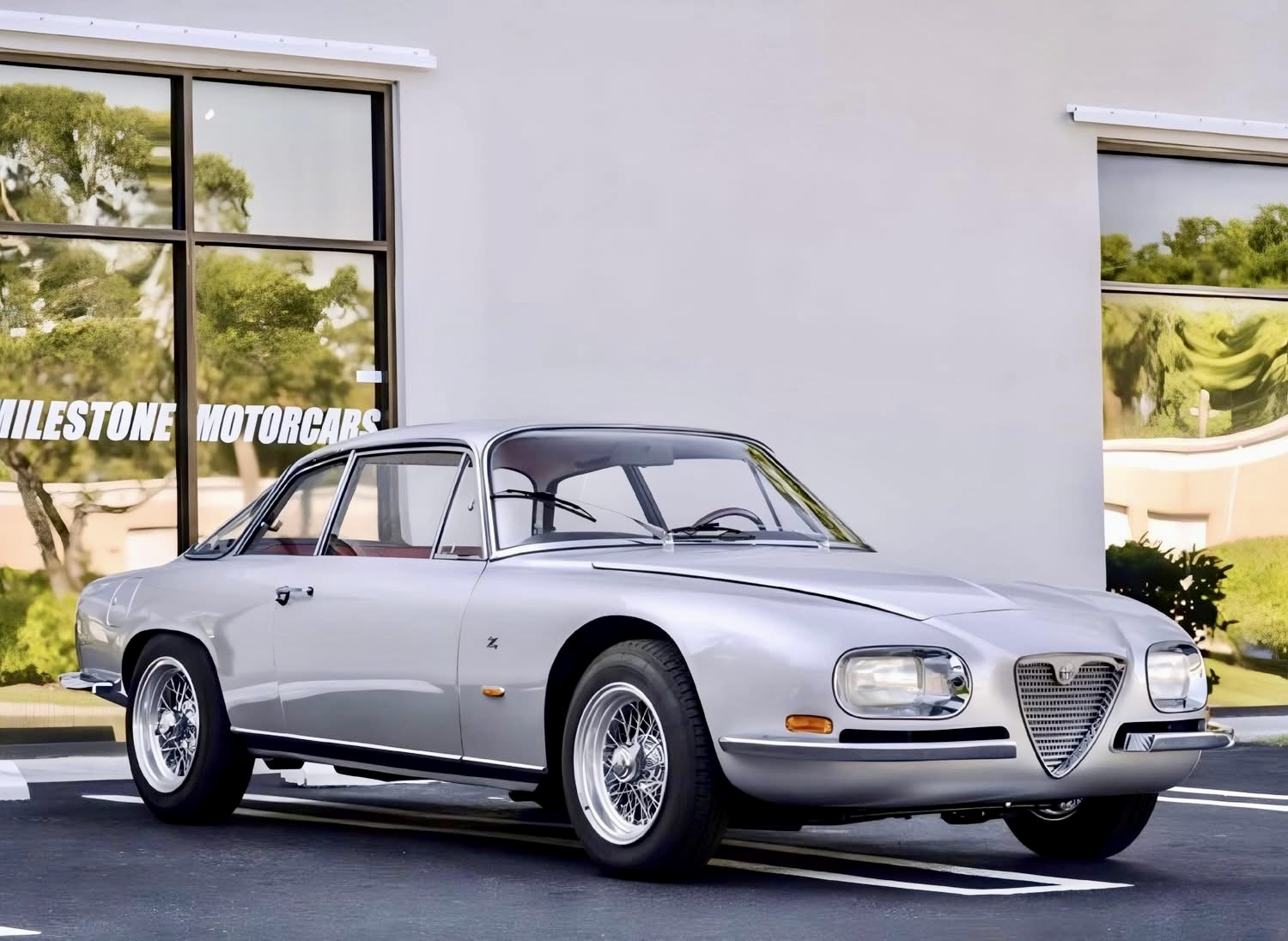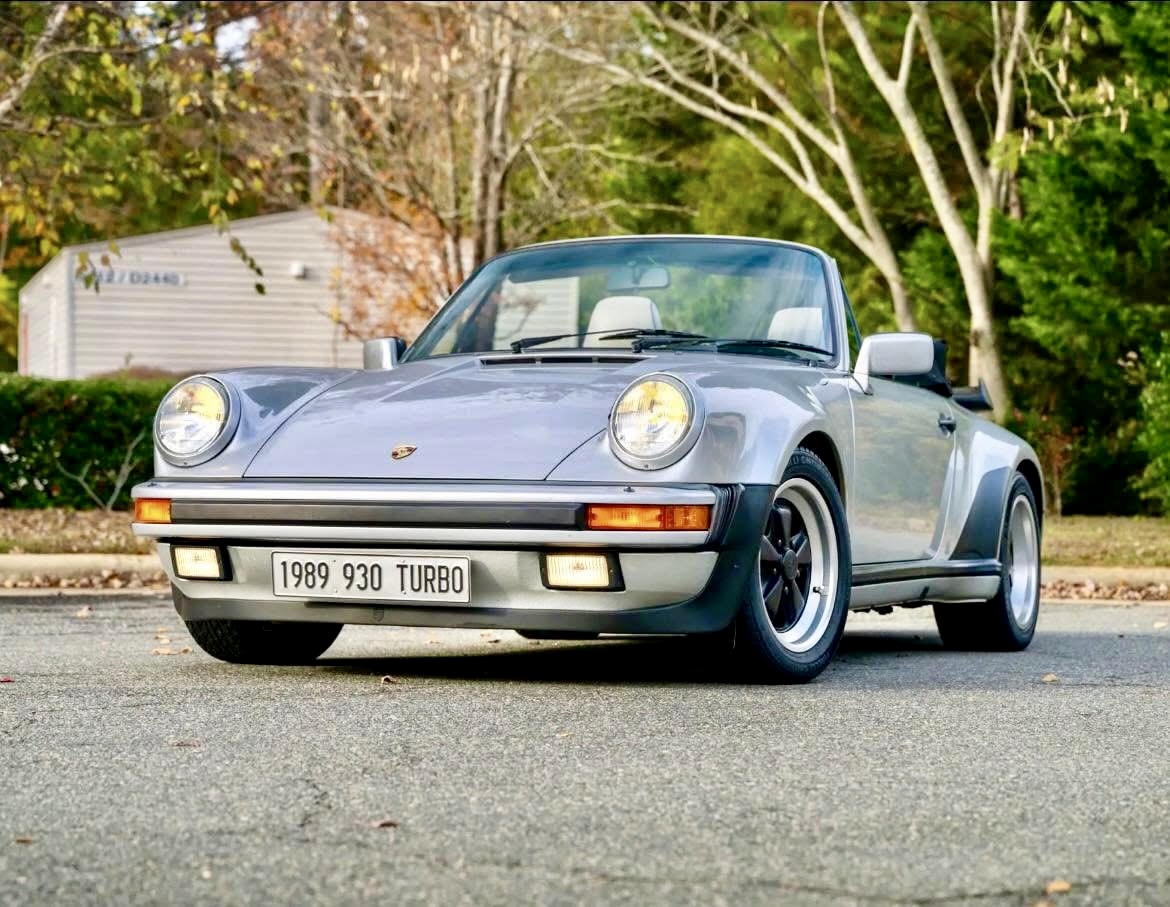How to Insure a Classic Car Properly: 𝔼𝕧𝕖𝕣𝕪𝕥𝕙𝕚𝕟𝕘 𝕐𝕠𝕦 ℕ𝕖𝕖𝕕 𝕥𝕠 𝕂𝕟𝕠𝕨
- Get link
- X
- Other Apps

Classic cars aren’t just vehicles—they’re passion projects, prized investments, and rolling pieces of history. But when it comes to protecting them, standard car insurance just doesn’t cut it. Insuring a classic car properly requires a different approach to ensure you’re covered without overpaying.
In this guide, we’ll break down the essentials of classic car insurance, how it differs from regular coverage, and the key steps to make sure your beloved ride is properly protected.
What Qualifies as a Classic Car?
Before diving into insurance, it’s crucial to understand what insurers consider a “classic car.” Definitions vary slightly by company, but most agree that a classic car is:
- At least 20–25 years old
- Maintained or restored to original specifications
- Not used as a daily driver
- Stored in a secure, enclosed garage
- Typically driven to shows, events, or for occasional leisure
Some insurance providers also offer coverage for antique, vintage, muscle, or collector cars, so it’s worth checking how your specific vehicle is classified.

Why You Shouldn’t Use Regular Auto Insurance
Standard auto insurance is designed for modern, depreciating vehicles used daily. It won’t consider the true value of a classic car, and coverage terms often don’t account for specialized repairs or rare parts.
Here’s what can go wrong with standard policies:
- Low payout in the event of a total loss
- Disputes over the car’s true value
- Limited or no coverage for restoration parts
- Lack of consideration for the car’s appreciation
To protect your investment, you’ll need specialized classic car insurance.
Step-by-Step: How to Insure a Classic Car Properly
1. Get an Agreed Value Policy
Unlike regular insurance (which pays based on actual cash value), classic car insurers offer agreed value policies. You and the insurer agree on the car’s worth upfront, and that’s what you’re paid in the event of a total loss.
Tip: Provide detailed photos, appraisals, and documentation to support the agreed value.
2. Choose a Specialized Insurer
Go with a company that specializes in classic or collector vehicles. Some well-known names include:
- Hagerty
- Grundy
- American Collectors Insurance
- Heacock Classic
- J.C. Taylor
These providers understand classic car culture and often offer more flexible, tailored coverage.
3. Understand Usage Restrictions
Classic car policies come with limited mileage allowances, usually ranging from 1,000 to 7,500 miles per year. They also restrict how and when you drive the vehicle.
Allowed uses typically include:
- Weekend cruising
- Car shows and events
- Parades or exhibitions
Daily commuting or ride-sharing? That’s usually a no-go.
4. Secure Proper Storage

Many insurers require proof that the car is stored in a locked garage or storage facility. This minimizes theft and environmental risks.
Pro tip: Keep receipts or photos of your garage setup—it may help you get discounts.
5. Add On Optional Coverages
Classic car policies offer valuable add-ons like:
- Spare parts coverage
- Trip interruption protection
- Towing and roadside assistance for classics
- Restoration coverage (for cars under restoration)
Be sure to ask about these during the quote process.
6. Maintain Regular Appraisals

The value of classic cars can rise over time. To ensure you’re not underinsured, update your car’s value every few years, especially after:
- Restoration work
- Market value increases
- Awards or recognition
Common Mistakes to Avoid
- Overestimating value without proper documentation
- Using the wrong type of policy (standard vs. classic)
- Not reading mileage or usage restrictions
- Ignoring the need for secure storage
- Failing to update coverage after modifications

Final Thoughts
Insuring a classic car properly is about more than meeting legal requirements—it’s about safeguarding history, passion, and investment. With the right policy, you get peace of mind knowing your car is valued for what it truly is.
Whether you drive a fully restored ‘69 Mustang or a rare JDM icon, choosing the right insurance means your classic ride stays protected for the long haul.
- Get link
- X
- Other Apps
Comments
Post a Comment